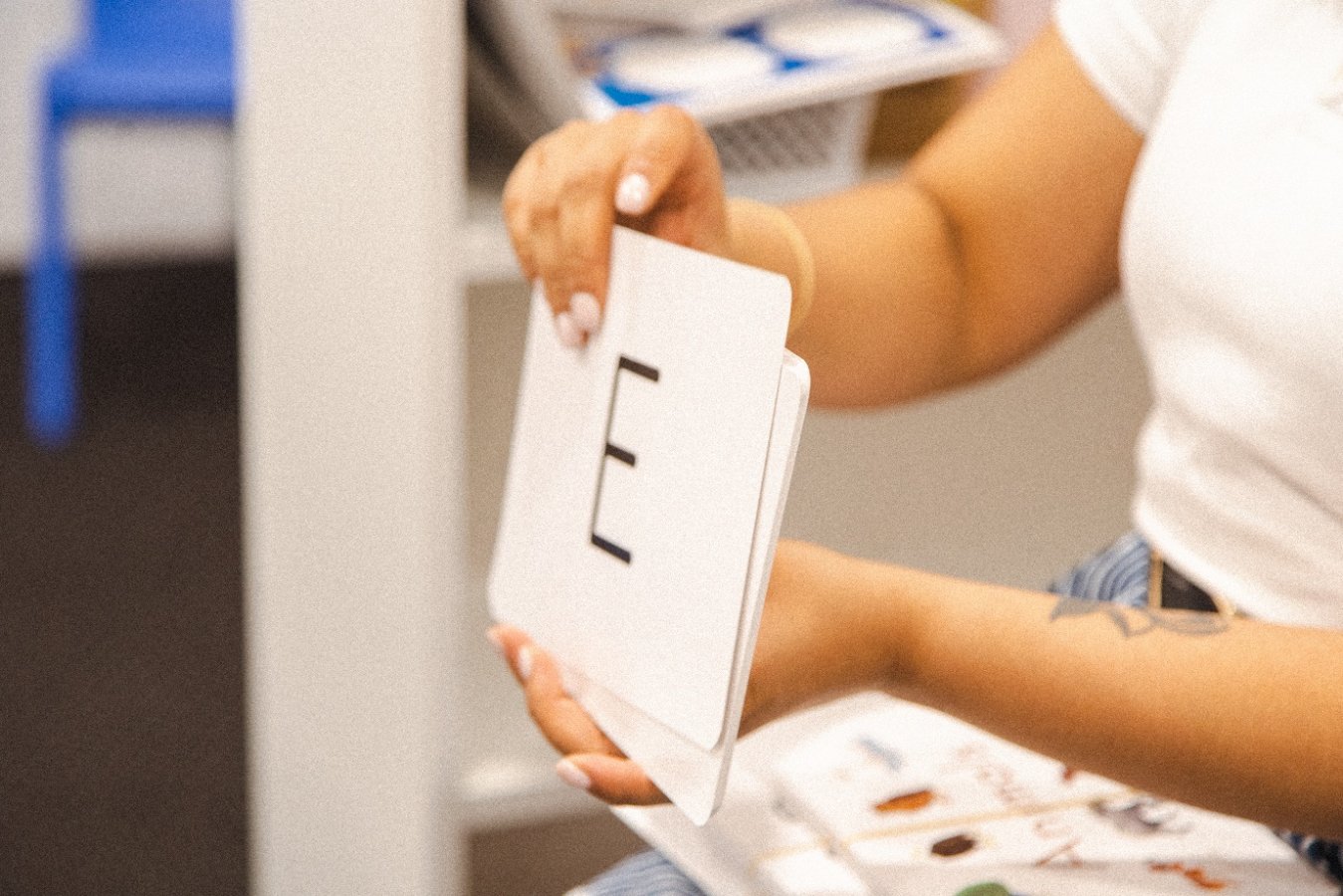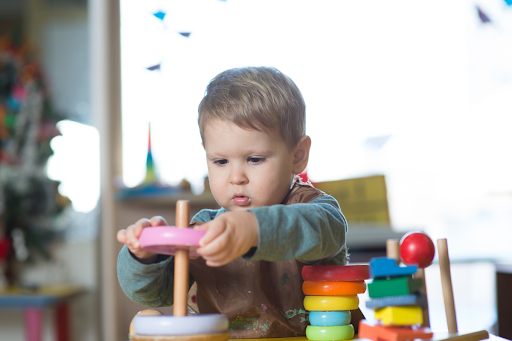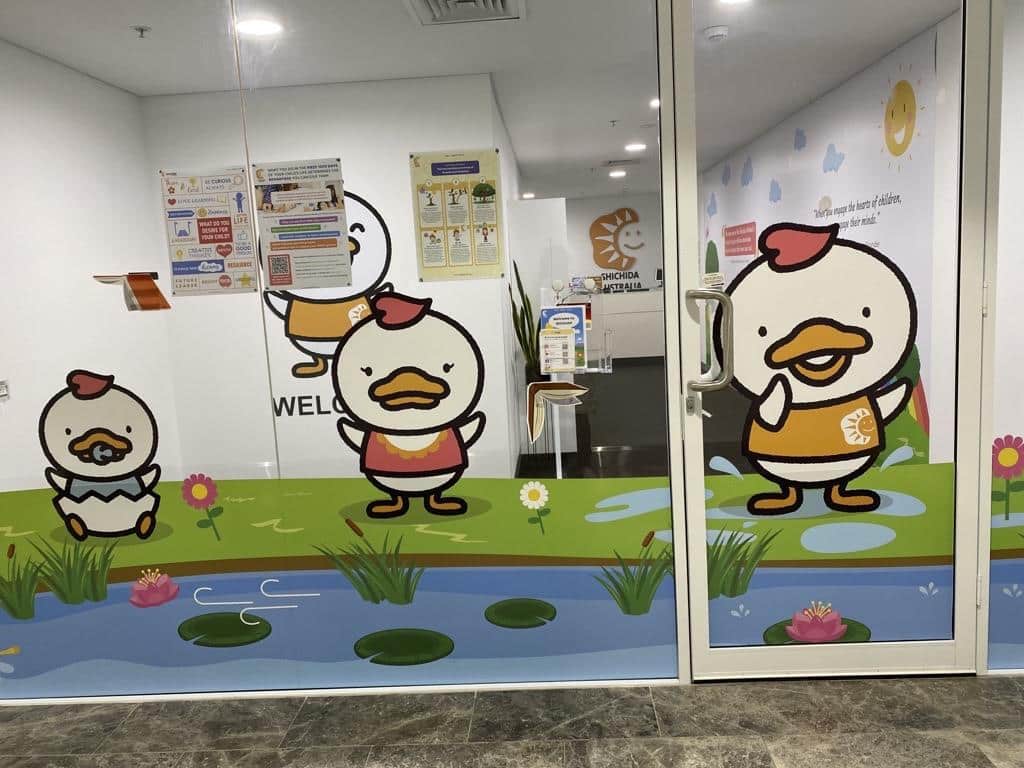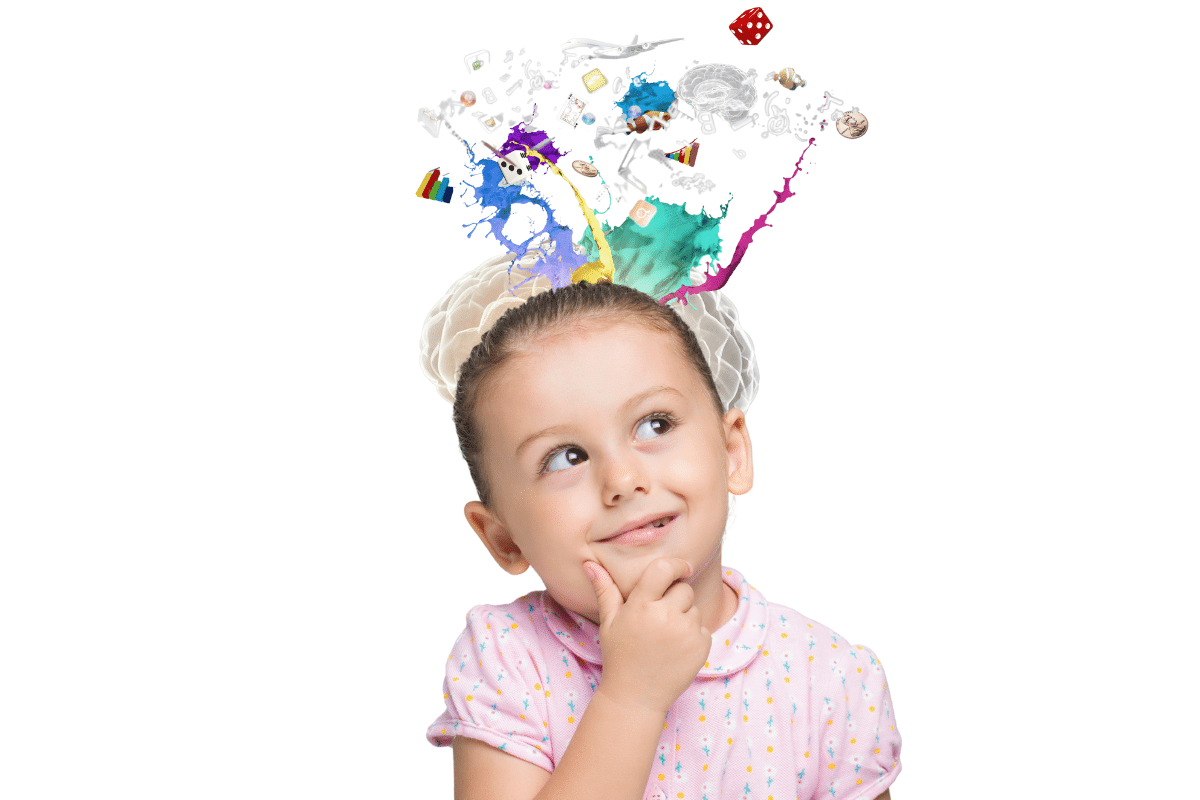
Long Term vs Short Term Memory: What’s the Difference in Kids?
Understanding short term vs long term memory is key to supporting your child’s learning journey. These two types of memory work together to help children learn, remember, and interact with the world around them. But what exactly is the difference between short term memory and long term memory, and how do they function in a child’s developing brain? Let’s explore these concepts in more detail.
Table of Contents
What Is Short Term Memory in Children?
Short term memory serves as the brain’s temporary holding system. It holds small amounts of information for short periods—usually for just seconds or minutes—before either discarding it or transferring it into long term memory. Think of short term memory as the brain’s notepad, quickly jotting down information before deciding if it’s worth keeping.
For example, when a child is asked to remember a sequence of numbers or follow multi-step instructions, they rely on short term memory. It’s essential for:
- Following instructions in the classroom.
- Completing tasks like setting the table or putting toys away.
- Remembering short bits of information such as phone numbers or directions.
However, short term memory is limited in capacity and can only hold a small amount of information at a time. Unless the child actively rehearses or uses the information, it will likely be forgotten.
What Is Long Term Memory in Children?
In contrast, long term memory is where information is stored for extended periods—days, months, or even a lifetime. This is why children can remember their best friend’s name, how to ride a bike, or details from a family holiday. Long term memory helps children retain vocabulary, facts, and skills they’ve learned over time, making it the foundation of their growing knowledge and experience.
There are different types of long term memory in children, including:
- Semantic Memory: Knowledge about the world, such as facts, meanings, and general knowledge (e.g., knowing that cats are animals).
- Episodic Memory: Personal experiences, such as remembering a family trip or birthday party.
- Procedural Memory: Skills and habits, like tying shoelaces or riding a bike.
How Short Term and Long Term Memory Work Together
In a child’s developing brain, short term and long term memory are interconnected. New information first enters short term memory, where it’s processed and either discarded or transferred to long term memory for later use.
For example, when a child is learning to count, they might first remember the numbers in their short term memory. Through repetition and practice, this information is transferred into long term memory, where it becomes more deeply ingrained. The more a child interacts with the information—through repetition, active engagement, or practical application—the more likely it is to become a part of their long term memory.
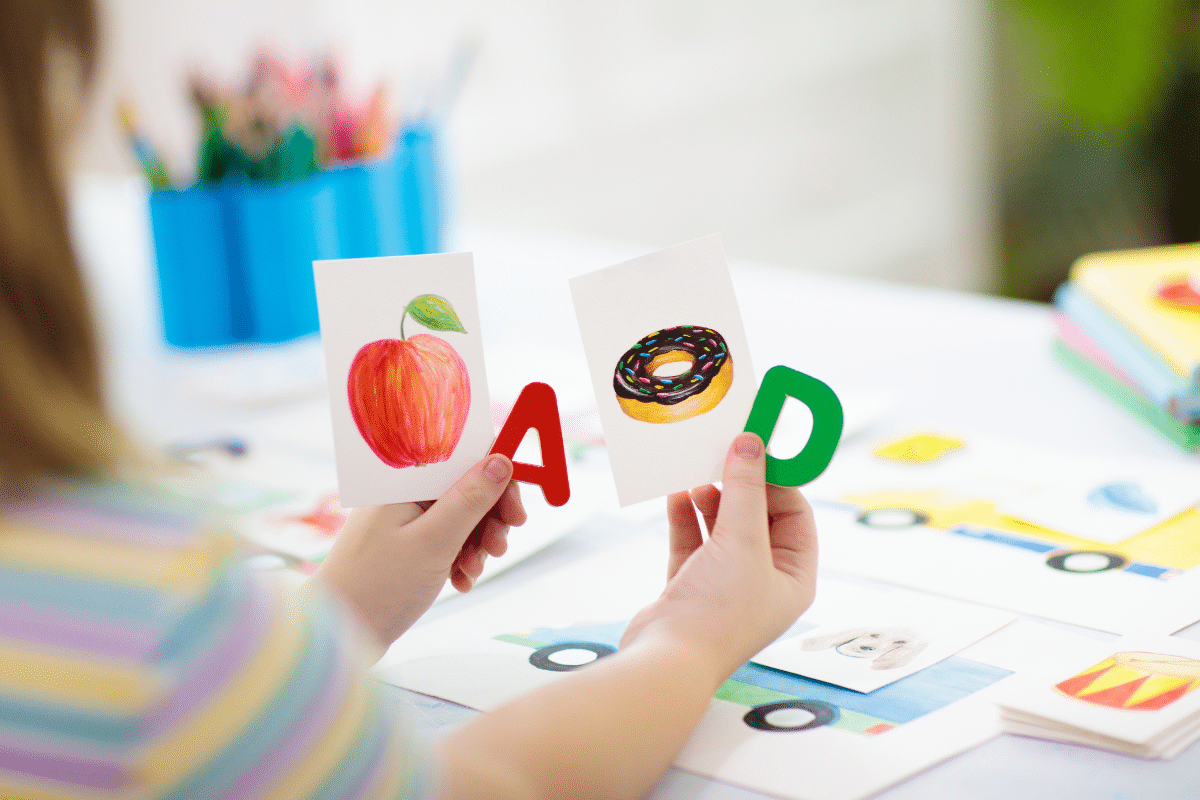
How to Improve Short Term Memory in Kids
Improving short term memory in children is a common goal for parents and educators. While short term memory has its limitations, there are ways to strengthen it. Here are some effective techniques for parents and educators:
- Memory Games: Engage children in games like “Simon Says” or “Memory Matching” to practise recalling information. These games improve short term memory by encouraging kids to focus and retain details.
- Repetition: Encourage your child to repeat instructions or new information out loud. This helps reinforce the memory pathway and improves retention.
- Chunking: Break down information into smaller, more manageable parts. For instance, when teaching a child their phone number, split it into chunks (e.g., 123, 456, 789) to make it easier to remember.
- Visual Aids: Using flashcards, drawings, or pictures makes information more memorable, helping children retain it long enough to transfer into long term memory.
Supporting Your Child’s Long Term Memory
Building long term memory is a gradual process that requires patience, practice, and engaging activities. Here’s how you can support your child in developing long term memory:
Encourage Storytelling: Asking your child to tell you about their day, recount an event, or share their thoughts on a topic reinforces episodic memory and helps them retain personal experiences.
Use Mnemonic Devices: Mnemonics are powerful tools for helping children remember lists or sequences. For example, using the acronym “ROYGBIV” to remember the colours of the rainbow is an effective memory tool.
Practice Skills: Encourage your child to practise tasks like tying shoelaces or riding a bike. The more they engage in these activities, the more deeply they become ingrained in long term memory.
Interactive Learning: Hands-on experiences that involve multiple senses—like sight, sound, and touch—are especially effective for strengthening long term memory. Activities that engage children on different sensory levels create stronger memory associations.
The Importance of Memory in Social Development
While short term vs long term memory are crucial for academic success, memory also plays a significant role in a child’s social development. Children rely on their short term memory to follow conversations, remember names, and respond appropriately in social situations. For instance, when a child is introduced to new friends, their short term memory helps them remember names and initial details long enough to engage in conversation. Over time, these details transfer to long term memory, helping the child build lasting relationships.
Moreover, long term memory allows children to store important social experiences. Episodic memories, like remembering the fun they had at a friend’s birthday party, help children build emotional connections with others. These memories provide a sense of continuity in relationships, fostering a sense of belonging and emotional security. In this way, long term memory not only supports academic growth but also plays a key role in developing social bonds and emotional intelligence.

Frequently Asked Questions (FAQs)
What Is Memory Training for Children?
Memory training helps children improve their ability to store and recall information, making learning more efficient. At Shichida, we focus on three key memory techniques:
- Photographic Memory: Teaching children to visualise and accurately recall images.
- Mnemonic Memory: Using stories, songs, and imagery to link and remember new information.
- Auditory Memory: Introducing high-speed auditory exercises to enhance the brain’s ability to encode and retrieve information.
What Memory Training Activities Are Available for Kids?
At Shichida, memory training is integrated into fun, engaging activities that children naturally enjoy. These include:
- Flashcards for quick recall of words and images.
- Memory matching games where children memorise the placement of objects.
- Reciting songs, poems, or stories to enhance verbal recall.
When Should My Child Begin Memory Training?
Children can start memory training as early as one year old. Introducing memory training before formal schooling helps give children a strong foundation for learning. At Shichida, memory training is part of our early learning program, designed to be age-appropriate and effective for every developmental stage.
How Does Memory Training Benefit My Child’s Learning?
For parents, understanding the difference between short-term vs. long-term memory is crucial for developing strategies to help children retain information effectively. Memory training equips your child with the tools they need to excel academically. By improving their ability to store and retrieve information, memory training helps them manage new concepts with greater confidence and reduced stress.
Can Memory Training Help with Exam Preparation?
Yes! Memory training plays a key role in preparing children for exams by enhancing their recall abilities. Strong memory skills allow children to retrieve information quickly and confidently, even in stressful situations.
Book a trial class at Shichida and see how our programs can support your child’s cognitive development and memory skills, setting them up for lifelong learning success.
